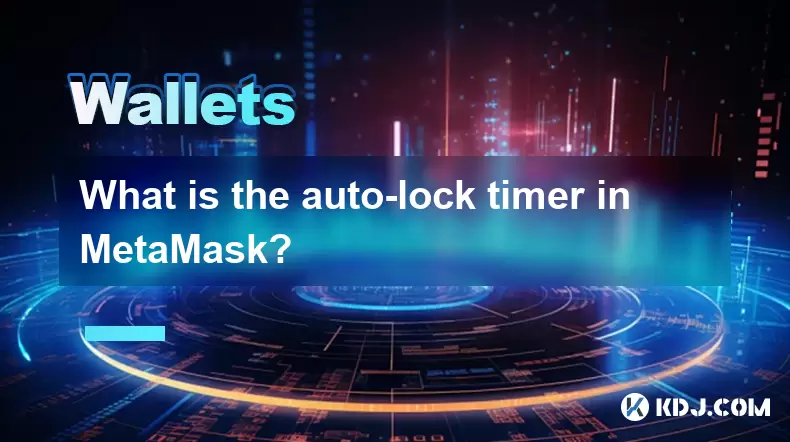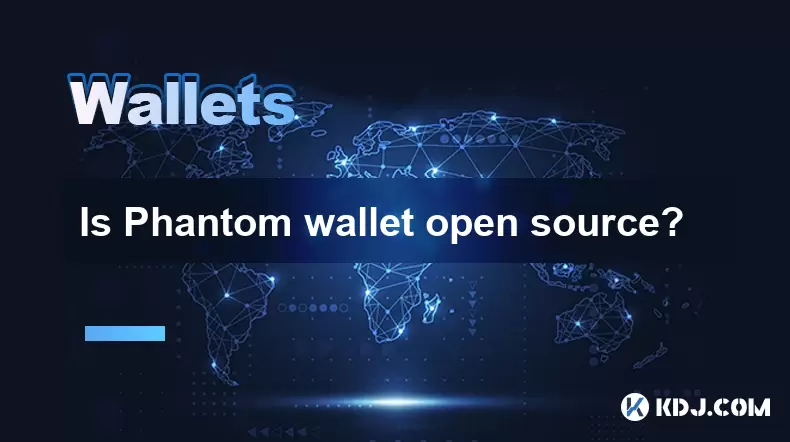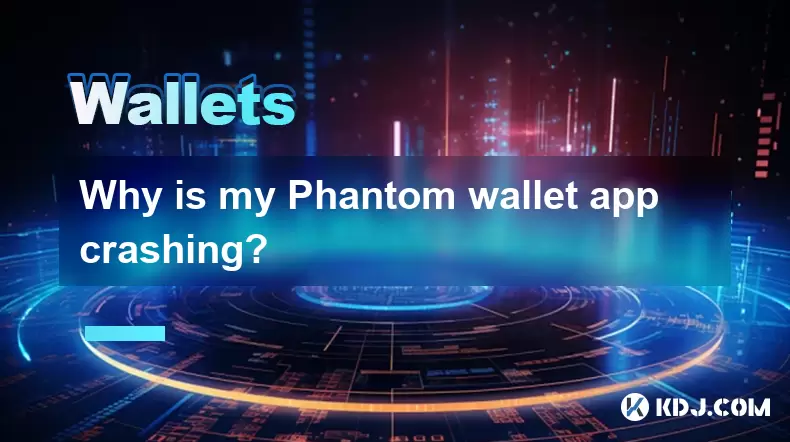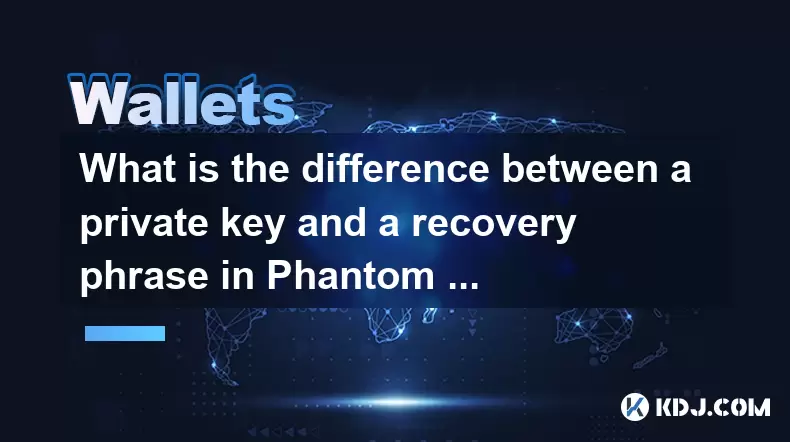-
 Bitcoin
Bitcoin $109,459.7682
2.44% -
 Ethereum
Ethereum $2,598.6052
6.29% -
 Tether USDt
Tether USDt $1.0003
0.00% -
 XRP
XRP $2.2734
3.95% -
 BNB
BNB $661.4886
1.58% -
 Solana
Solana $155.4825
4.35% -
 USDC
USDC $0.9999
-0.02% -
 TRON
TRON $0.2838
1.04% -
 Dogecoin
Dogecoin $0.1740
8.25% -
 Cardano
Cardano $0.6047
9.04% -
 Hyperliquid
Hyperliquid $40.2302
6.50% -
 Sui
Sui $2.9863
10.05% -
 Bitcoin Cash
Bitcoin Cash $509.5786
0.60% -
 Chainlink
Chainlink $13.8156
6.03% -
 UNUS SED LEO
UNUS SED LEO $9.0142
0.69% -
 Avalanche
Avalanche $19.0337
8.68% -
 Stellar
Stellar $0.2438
5.17% -
 Toncoin
Toncoin $2.9012
3.59% -
 Shiba Inu
Shiba Inu $0.0...01210
6.20% -
 Litecoin
Litecoin $90.0882
7.05% -
 Hedera
Hedera $0.1597
8.53% -
 Monero
Monero $326.3340
2.88% -
 Polkadot
Polkadot $3.6365
9.32% -
 Bitget Token
Bitget Token $4.6162
2.72% -
 Dai
Dai $1.0001
0.00% -
 Ethena USDe
Ethena USDe $1.0002
-0.01% -
 Uniswap
Uniswap $7.6403
10.47% -
 Pepe
Pepe $0.0...01060
12.03% -
 Aave
Aave $281.3664
7.56% -
 Pi
Pi $0.4992
1.76%
What is the auto-lock timer in MetaMask?
MetaMask's auto-lock timer enhances security by automatically locking your wallet after inactivity, protecting private keys from unauthorized access.
Jul 02, 2025 at 04:49 pm

Understanding the Auto-Lock Timer in MetaMask
The auto-lock timer is a security feature integrated into MetaMask, a popular cryptocurrency wallet used for interacting with the Ethereum blockchain. This function ensures that users' wallets are automatically locked after a specific period of inactivity. The primary goal of this mechanism is to protect private keys and sensitive information from unauthorized access when the wallet is left unattended.
MetaMask allows users to customize the duration before the auto-lock engages. Options typically include 1 minute, 5 minutes, 15 minutes, or no auto-lock at all. When the set time elapses without any user interaction, MetaMask logs the user out, requiring them to re-enter their password to regain access.
Why does this matter? If someone gains physical or remote access to your device while you're logged into MetaMask, they could potentially send funds from your wallet. The auto-lock timer adds an additional layer of protection by limiting the window of opportunity for such attacks.
How to Access and Modify the Auto-Lock Timer Settings
To adjust the auto-lock timer in MetaMask, follow these steps:
- Open the MetaMask extension in your browser or launch the mobile app.
- Click on your profile icon located in the top-right corner of the interface.
- Select "Settings" from the dropdown menu.
- Navigate to the "Security & Privacy" section.
- Locate the option labeled "Auto-lock timer."
- Choose your preferred timeout duration (e.g., 1 minute, 5 minutes, etc.) or disable it if needed.
Important note: Disabling the auto-lock timer may be convenient for frequent users, but it increases the risk of exposure if your device is not secured through other means like biometric authentication or strong passwords.
Auto-Lock Timer Behavior Across Different Platforms
MetaMask operates across multiple platforms, including Chrome extensions, Firefox, Brave, and mobile applications. While the core functionality remains consistent, there can be variations in how the auto-lock timer behaves depending on the environment.
In browser-based versions, the timer starts counting only when MetaMask is open and active. For example, if you leave the MetaMask tab closed or minimized, the timer will not begin until you reopen the wallet interface.
On mobile devices, the behavior depends on whether the app is running in the foreground or background. If the app is suspended due to switching to another application, the timer still counts down based on real-time intervals.
Key difference: Mobile users should be cautious about multitasking, as the auto-lock timer doesn't pause when switching apps, unlike some browser sessions where inactivity might be determined differently.
Impact of Auto-Lock Timer on Transaction Signing and DApp Usage
When engaging with decentralized applications (DApps) or signing transactions, the auto-lock timer plays a critical role in determining whether you'll need to re-authenticate before completing actions.
If the timer expires while you're interacting with a DApp, you'll be prompted to unlock your wallet again before proceeding. This applies even if you were already in the middle of a multi-step process, such as approving a token allowance or confirming a swap on a decentralized exchange.
Transactions that require multiple confirmations (e.g., approving a contract followed by a token transfer) may fail if the wallet locks between steps. Therefore, users must complete such processes within the auto-lock interval or risk having to restart the entire workflow.
Tip: For complex interactions involving multiple approvals, consider temporarily increasing the auto-lock time or disabling it during the session, then restoring it afterward for security.
Troubleshooting Common Issues Related to Auto-Lock Timer
Some users report unexpected logouts or difficulty understanding why the auto-lock timer triggers sooner than expected. These issues often stem from misunderstandings about what constitutes activity in MetaMask.
For instance, simply viewing the wallet balance or navigating between tabs within MetaMask doesn’t reset the timer. Only interactive actions—like sending a transaction, switching networks, or modifying settings—reset the countdown.
Another common issue involves confusion between the auto-lock timer and session timeouts enforced by DApps themselves. A DApp may disconnect from MetaMask independently, which can give the illusion that the wallet has locked, even though it hasn’t.
Solution: Always check whether the MetaMask popup requires unlocking before assuming something is wrong with the DApp connection.
Frequently Asked Questions
Q: Can I disable the auto-lock timer permanently?
A: Yes, MetaMask provides an option to disable the auto-lock timer entirely. However, doing so removes an important security safeguard. It’s recommended only for advanced users who have alternative protections in place, such as secure device access controls.
Q: Does the auto-lock timer apply to hardware wallets connected to MetaMask?
A: The auto-lock timer primarily affects MetaMask's software wallet functionality. Hardware wallets like Ledger or Trezor manage their own lock mechanisms. However, if you're using MetaMask to interface with a hardware wallet, you’ll still need to reconnect each time MetaMask locks.
Q: Is the auto-lock timer affected by network connectivity issues?
A: No, the auto-lock timer runs locally within the MetaMask application and is not dependent on internet connectivity. Even offline, the timer continues to count down based on local system time.
Q: Why does MetaMask sometimes lock immediately despite setting a longer auto-lock timer?
A: This may occur if MetaMask encounters an error or crash, causing it to reset session data. In such cases, the wallet treats the next launch as a new session, prompting for authentication regardless of the previous timer state.
Disclaimer:info@kdj.com
The information provided is not trading advice. kdj.com does not assume any responsibility for any investments made based on the information provided in this article. Cryptocurrencies are highly volatile and it is highly recommended that you invest with caution after thorough research!
If you believe that the content used on this website infringes your copyright, please contact us immediately (info@kdj.com) and we will delete it promptly.
- Altcoin Alert: Binance Listings and the Wild West of Crypto
- 2025-07-03 14:30:11
- Decentralized Stablecoins in 2025: Challenging Centralized Counterparts?
- 2025-07-03 14:30:11
- Meme Coin Mania: Is BTC Bull the Next Big Thing in a Limited Time BTC Bull Run?
- 2025-07-03 12:30:11
- Bitcoin Soars to $109,000: What's Fueling the Crypto Rally?
- 2025-07-03 10:30:13
- Hong Kong: Racing to Be the World's Tokenization Hub
- 2025-07-03 14:50:11
- Splatterhouse Rocks Retro Scene: A UK Magazine Deep Dive
- 2025-07-03 12:30:11
Related knowledge

How to lock my Phantom wallet extension?
Jul 03,2025 at 11:14am
What Is the Phantom Wallet and Why Lock It?The Phantom wallet is a popular non-custodial cryptocurrency wallet designed for interacting with the Solana blockchain. Supporting both browser extensions and mobile apps, Phantom allows users to store, send, receive, and stake SOL tokens, as well as interact with decentralized applications (dApps). Securing y...

Does Phantom wallet offer two-factor authentication (2FA)?
Jul 03,2025 at 09:00am
Understanding Phantom Wallet and Its Security FeaturesPhantom wallet is a widely used non-custodial cryptocurrency wallet that supports the Solana blockchain. It allows users to store, send, receive, and interact with decentralized applications (dApps) seamlessly. As security is a top priority for any crypto wallet user, security features like two-facto...

What is "rent" on Solana and how does it affect my Phantom wallet?
Jul 02,2025 at 08:35pm
Understanding 'Rent' on SolanaIn the context of Solana, the term 'rent' refers to a storage fee that users pay for maintaining data on the blockchain. Unlike Ethereum, where storage costs are paid once via gas fees during contract deployment, Solana implements a recurring cost model to ensure efficient usage of network resources. This means that any acc...

Is Phantom wallet open source?
Jul 03,2025 at 12:29am
What is Phantom Wallet?Phantom wallet is a non-custodial cryptocurrency wallet primarily designed for the Solana blockchain. It allows users to store, send, receive, and interact with decentralized applications (dApps) on the Solana network. The wallet is available as a browser extension and mobile application, offering a seamless experience for both be...

Why is my Phantom wallet app crashing?
Jul 02,2025 at 07:35pm
Understanding Phantom Wallet App CrashesIf you're experiencing issues with the Phantom wallet app crashing, you're not alone. Many users have reported similar problems, especially during high network activity or after recent updates. Phantom is a popular Solana-based wallet that allows users to store, send, and receive SOL tokens as well as interact wit...

What is the difference between a private key and a recovery phrase in Phantom wallet?
Jul 02,2025 at 09:57am
Understanding the Basics of Phantom WalletPhantom wallet is a non-custodial digital wallet primarily used for interacting with the Solana blockchain. It allows users to store, send, and receive SOL tokens and other digital assets like NFTs. Non-custodial means that the user retains full control over their private keys and recovery phrases. Understanding...

How to lock my Phantom wallet extension?
Jul 03,2025 at 11:14am
What Is the Phantom Wallet and Why Lock It?The Phantom wallet is a popular non-custodial cryptocurrency wallet designed for interacting with the Solana blockchain. Supporting both browser extensions and mobile apps, Phantom allows users to store, send, receive, and stake SOL tokens, as well as interact with decentralized applications (dApps). Securing y...

Does Phantom wallet offer two-factor authentication (2FA)?
Jul 03,2025 at 09:00am
Understanding Phantom Wallet and Its Security FeaturesPhantom wallet is a widely used non-custodial cryptocurrency wallet that supports the Solana blockchain. It allows users to store, send, receive, and interact with decentralized applications (dApps) seamlessly. As security is a top priority for any crypto wallet user, security features like two-facto...

What is "rent" on Solana and how does it affect my Phantom wallet?
Jul 02,2025 at 08:35pm
Understanding 'Rent' on SolanaIn the context of Solana, the term 'rent' refers to a storage fee that users pay for maintaining data on the blockchain. Unlike Ethereum, where storage costs are paid once via gas fees during contract deployment, Solana implements a recurring cost model to ensure efficient usage of network resources. This means that any acc...

Is Phantom wallet open source?
Jul 03,2025 at 12:29am
What is Phantom Wallet?Phantom wallet is a non-custodial cryptocurrency wallet primarily designed for the Solana blockchain. It allows users to store, send, receive, and interact with decentralized applications (dApps) on the Solana network. The wallet is available as a browser extension and mobile application, offering a seamless experience for both be...

Why is my Phantom wallet app crashing?
Jul 02,2025 at 07:35pm
Understanding Phantom Wallet App CrashesIf you're experiencing issues with the Phantom wallet app crashing, you're not alone. Many users have reported similar problems, especially during high network activity or after recent updates. Phantom is a popular Solana-based wallet that allows users to store, send, and receive SOL tokens as well as interact wit...

What is the difference between a private key and a recovery phrase in Phantom wallet?
Jul 02,2025 at 09:57am
Understanding the Basics of Phantom WalletPhantom wallet is a non-custodial digital wallet primarily used for interacting with the Solana blockchain. It allows users to store, send, and receive SOL tokens and other digital assets like NFTs. Non-custodial means that the user retains full control over their private keys and recovery phrases. Understanding...
See all articles

























































































